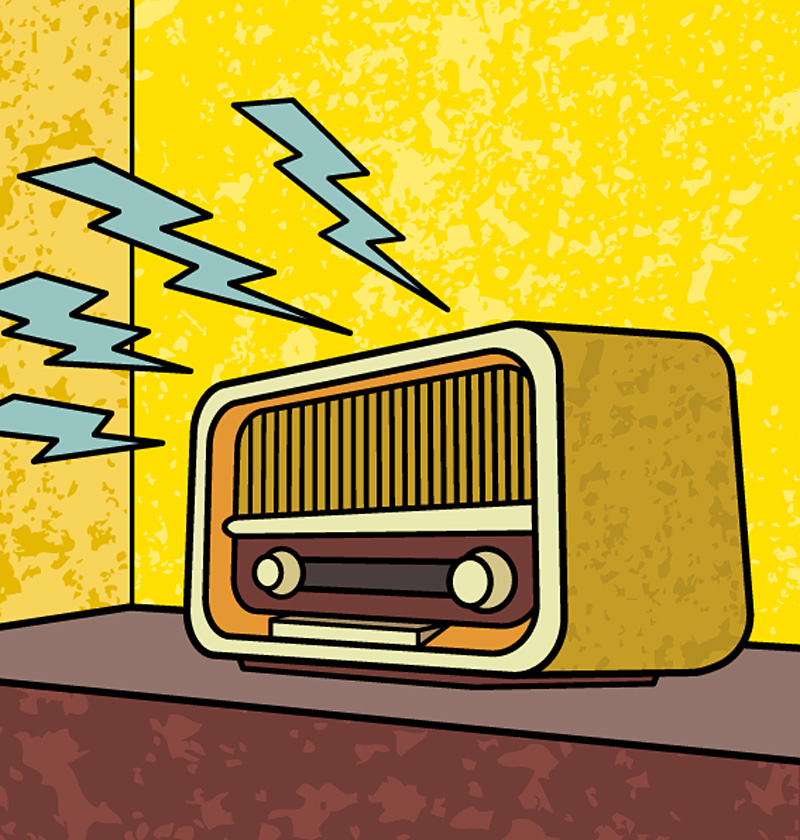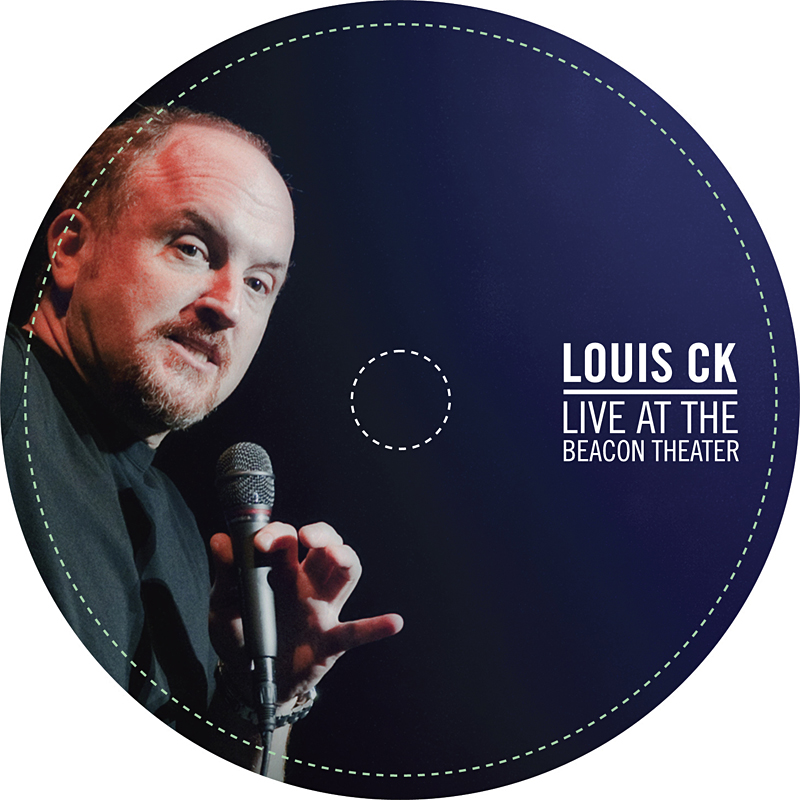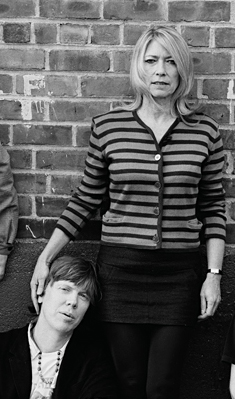Over the past several years, fans of KBCS-FM had become accustomed to a 10-hour-per-weekday diet of jazz, leading off with Drive Time Jazz at 7 a.m. and followed by The Bud and Don Show, Bebop Spoken Here, 20th Century Jazz, and Vintage Jazz. But on August 24, the station rolled out a new weekday grid, replacing those offerings with the syndicated public-affairs shows The Takeaway and The Michael Eric Dyson Show.
This did not go over well with some longtime listeners.
“We received about 400 to 500 e-mails from people saying ‘How could you take off such-and-such show? That was the only reason I tuned in,'” says Steve Ramsey, general manager for the Bellevue Community College–based station.
In addition, during its October pledge drive KBCS received phone calls from many listeners voicing similar frustrations with the station’s new programming. In the end, the station raised 78 percent of its projected $100,000 goal, which was adjusted to account for the expectation that many listeners would not renew their membership because of the new programming.
While this number was lower than they would have liked, program director Peter Graff says it’s too soon to say whether or not the changes affected the final sum. Either way, according to development and outreach coordinator Sabrina Roach, the station needed to “make (KBCS) seaworthy…otherwise the ship was going down.”
Loyalty is king in public radio, says Graff. The amount of time each day a listener tunes in to a radio station is pretty much proportional to the dollar amount he or she will give to the station come pledge time. But because of the wildly eclectic programming previously offered on KBCS, Graff and Ramsey say the majority of listeners were tuning in only for one specific program, on the air for no more than an hour or two per week.
“On average, listeners were spending about 17 percent of his or her time listening to us when a radio was on,” says Graff. “Which means they were spending 80 percent of their time somewhere else.”
This, combined with other factors, has raised a unique set of obstacles for KBCS. For starters, it’s radio—a medium not unlike print in that it is still a vital means of communication, but is nonetheless struggling to remain commercially viable in the digital era. Furthermore, KBCS is publicly funded, and, well, who in the hell has money to donate these days?
If that wasn’t challenging enough, KBCS also operates in a tremendously saturated public-radio market. Seattle-area residents have no fewer than four other public-radio stations to choose from—KEXP, KUOW, and KPLU—not to mention Internet stations like Hollow Earth and iPhones that can pull up Radio Nairobi at any given time. But the station also operates as an adjunct to BCC’s communications program, serving as a training ground for anyone interested in the broadcast format. Thus the station is largely volunteer-driven (with more than 80 volunteer music programmers and about 30 public-affairs programmers currently, says Graff), which lends the shows intimacy and inspires a greater emotional investment from people than most stations do. Which is why Graff says he sympathizes with upset listeners.
“What we had seen in the last two years,” says Graff, “is about a 30 percent decline in the amount of bulk listening [i.e., length of time] our audience is spending with us. We also saw similar decreases in our membership. So it was an ever-decreasing number of people who were giving more and more to the station. That combined with the decrease in listening…quite honestly, we had to do something. Those kinds of trends do not bode well for the next five years.”
The lion’s share of radio listening occurs between 6 a.m. and 6 p.m., Monday through Friday. Because of this, KBCS focused its restructuring on this 12-hour span, leaving the remaining time for niche programming. While this strategy makes sense on one level, much of the resistance from volunteers and listeners is driven by what they perceive as a major culture shift for KBCS.
“Traditionally, [KBCS’s] programming has never been developed with an eye for an audience,” says Ramsey.
Graff adds that KBCS, like many community radio stations, was historically oriented to the people “inside the building.” By this he means that programming decisions were based on who was available to DJ on a given day, and, further, on what that DJ was in the mood to play during his or her time slot. While this certainly made KBCS unique, it didn’t help when they were being drowned out by more consistent and better-produced competition.
A parallel could be drawn to the controversial cultural shift that KEXP (formerly KCMU) underwent in the ’90s when it decided to run some syndicated programming and pay salaries to a handful of DJs. They initially endured a loss of support as a result, but have obviously recovered.
“There’s no organization that I know of that flash-freezes what it does and says ‘This has been good for 20 years, so let’s not pay attention to anyone else,'” says Graff. “The shows that we took off the air, particularly from the 9 a.m.-to-noon slot, some of those shows were relatively very popular shows that I loved. Those were extraordinarily difficult decisions to make, but what I think we needed to do with that [weekday] part of our schedule was create some consistency.”
The challenge KBCS faces is how to balance that consistency with the programming diversity they are renowned for. One way Graff hopes to accomplish this is by moving DJ John Gilbreath’s popular jazz/world-music hybrid show, The Caravan, from its Friday-only slot to a 9 a.m.–noon slot five days a week—with luck, retaining some of the station’s longtime jazz listeners while drawing newcomers via Gilbreath’s broader musical taste.
Graff and Ramsey say it will take at least a year to see if listenership has increased, mainly because people typically require time to develop new relationships with radio stations. But Roach has been very inspired by the positive buzz the new programs have generated.
“We’ve heard a lot of ‘Oh, well, you’re just trying to be KUOW,'” says Graff. “We’re not. What we’re trying to do is to make the station a place that people can rely on, so that it’s not wildly different every single day.”
* * * * *
Five of Our Favorite KBCS Programs
The Caravan Thanks to DJ John Gilbreath, fans of jazz and world music have a show they can depend on. And while you certainly won’t hear Rihanna’s “Umbrella” or Soulja Boy’s “Kiss Me Through the Phone,” The Caravan offers just a taste of KBCS’s wildly eclectic music programming. 9 a.m.–noon, Mon.–Fri.
Womanotes As the saying goes, women hold up the other half of the sky, and it’s no different in the world of music. From Björk to Bessie, Neko to Nico, hosts Carlotta Spears and Tracey Wickersham celebrate all things femme. 7–9 p.m., Wed.
Ampbuzz When your DJ is a member of Kinski, you know the show is gonna be good. Chris Martin, a true record nerd, offers up a mind-splattering dose of psych, prog, outsider folk, and fucked-up noise. 11 p.m.–1 a.m., Thurs.
The Spice Route South Asia is home to some of the planet’s richest musical traditions. This show blends classical and folk traditions with the sounds of modern India, from Ravi Shankar to Bollywood and beyond. 9–11 p.m., Wed.
Grateful Dead Hour and Backtracks Partially syndicated, the Grateful Dead Hour is a hippie staple. Hosts Kris Nyrop and Moss Willow add interviews and vault tapes to create what amounts to a challenge to all notions of the Dead as no-talent hippies. 7–10 p.m., Sun.
—Brian J. Barr








